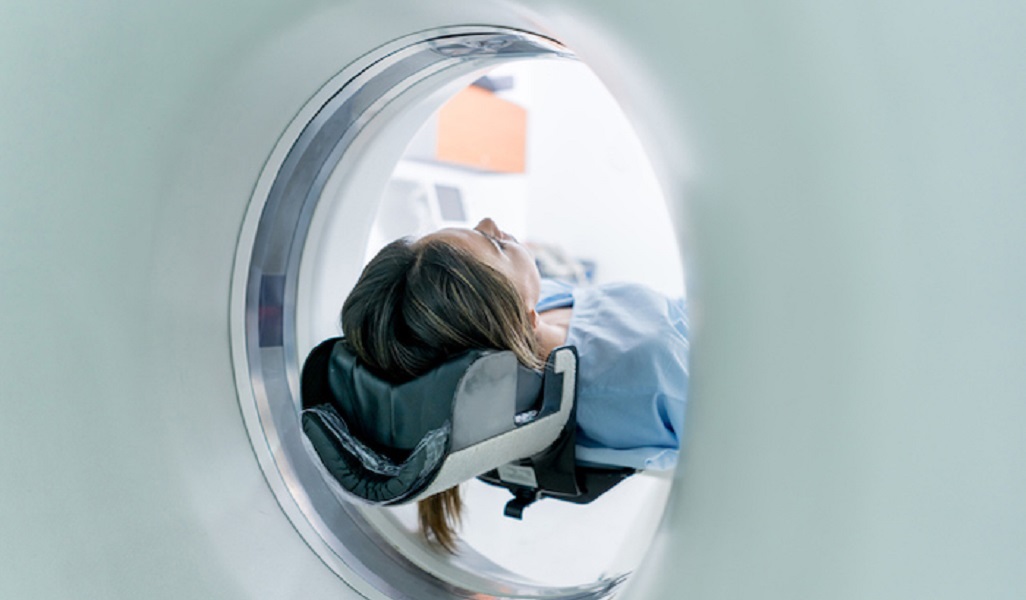News & Articles

What to Expect Before, During & After Radiation Therapy

What happens before, during and after a patient undergoes radiation therapy? Here’s a look at what this treatment involves.
Radiation therapy, or radiotherapy, is a cancer treatment that uses high-energy rays to destroy cancer cells without damaging nearby healthy organs and tissues. It can be used in combination with other treatments such as surgery or chemotherapy.
But exactly, what does radiation therapy involve? Understanding what goes on behind the scenes before, during and after treatment can help you prepare for radiotherapy better.
BEFORE
Briefing & discussion: Before any treatment begins, you will first meet your radiation oncologist to discuss treatment options and the types of radiation treatment that best suit your medical and health conditions. This is when you will be told about how long the treatment will take and how frequently it will be administered, as well as the side effects, potential benefits and risks of radiation therapy. This is a good time to ask questions.
Treatment simulation: Once you decide to proceed with the treatment, a computer tomography (CT) scan will be done to identify the tumour. PET/CT and MRI scans may also be recommended to give doctors more details about the location, shape and size of the tumour. This step enables the radiation therapy team to map the radiation treatment target so that they can simulate the optimal radiation treatment, including calculating the exact radiation dosages to be delivered to the cancer cells precisely. The treatment planning may involve:
- Immobilisation devices: Headrests and body moulds made from form sponge or plaster casts may be used to help you remain stationary comfortably during treatment. They will help you minimise body movements which may interfere with the accuracy of the treatment. The choice of immobilisation device will depend on the treatment site or treatment technique.
- Skin markings: The radiation therapist may apply markings on your skin to ensure that the exact area identified during the CT simulation can be accurately reproduced during the radiotherapy sessions. You will be given instructions on skin care to avoid removing these markings during the course of treatment. In the event that the markings are not clear, the treatment team will do the necessary imaging verification to ensure treatment accuracy.
Treatment planning: Armed with the CT scans, your radiation oncologist will work with a physicist to develop a computerised treatment plan detailing the target area, radiation dosage and distribution to ensure that the radiation is delivered precisely and safely.
Such plans are tailored according to the location and size of the tumour, and may require a number of radiation beams to be directed at different angles with different dosages and distribution. Computer software with specialised algorithms is used to optimise these plans, to make sure the radiation is delivered accurately.
Fine-tuning treatment plans can take anything from a few hours to a few days, depending on how complex your radiation treatment is. And if any modifications are made, they have to be approved by the radiation oncologist and checked before treatment can begin.
DURING
Treatment: During the treatment, radiation therapists will operate the radiation machine to deliver the radiation beams according to the treatment plan. Each treatment session can take from 15 to 30 minutes depending on how complex the treatment plans are. The entire treatment course can take from a few days to a few weeks, depending on the type of radiation treatment you are prescribed.
Side effects: You may experience various side effects from radiation therapy, especially around the treatment area. Your radiation oncologist and radiation therapists will help you cope with these side effects and, if needed, prescribe medication to help you manage them better. Don’t hesitate to ask questions and let them know your concerns about the side effects.
AFTER
After completing the treatment course, you will be given a post-treatment review within two weeks to a few months, depending on your doctor’s recommendation. The follow-up appointments are meant to help your radiation oncologist check on your recovery and any side effects that may come up after treatment.
| POSTED IN | Cancer Treatments |
| TAGS | common side effects of cancer treatment, radiotherapy (radiation therapy), tumour markers, tumours |
| PUBLISHED | 27 January 2020 |
